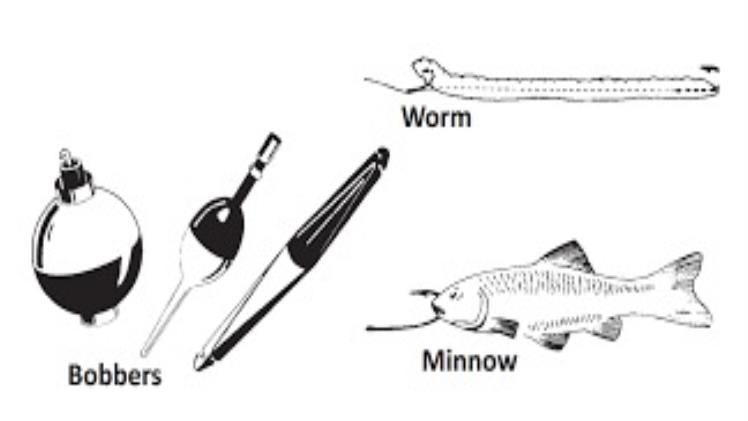The Basics of Fishing

The process of fishing requires a definition. There are around 38 million people who practice fishing, most of them amateurs. There are several methods and techniques used to make fishing easier, from techniques to regulations. This article will provide you with some tips. Also, you will learn about the various types of fishing, and where and how you can do it. And if you’re still not sure what it involves, here are some helpful guidelines. So get out there and go fishing!
Recreational fishing
Recreational fishing is a form of fishing that is done for leisure, exercise, and competition. Its purpose differs from commercial fishing, which are done professionally for profit, and subsistence fishing, which are done for survival. Below are some tips to help you get started with recreational fishing. Once you’ve mastered a few skills, you can enjoy more fishing activities, too! Here are a few of our favorites:
Techniques
The methods used to catch fish are referred to as “fishing techniques.” These techniques can also be used to catch other aquatic animals, including molluscs and edible marine invertebrates. Here, we’ll discuss some of the most important fishing techniques. To start, make a list of the species you’d like to catch. Then, practice these techniques until you have a substantial number of fish in your catch.
By catch
Bycatch is the term used to describe nontarget species caught during fishing operations. They may be killed or discarded when fishing gears fail to catch the intended species. Sometimes catch is kept as bait or food and is sold as cheaper seafood in Asia, Africa, and Latin America. Other times, bycatch is converted into fish hydrolysate and sold as food or raw materials for the production of fish meal or fish sauce.
Regulations
Many of the laws that govern the use of fisheries are created by Congress. Each law has different requirements for the way that the fish are caught and how they must be handled. The Magnuson-Stevens Fishery Conservation and Management Act, for example, were created in 1996. However, most anglers are responsible and follow the law. Whether you are planning to fish in a public lake or in your own back yard, you should be aware of the rules and regulations that apply.
Bycatch reduction
Bycatch is a nuisance that wastes time and money for fishermen. Increasing the amount of fish landed and released is an effective way to reduce bycatch, and it will also benefit the fishing industry. Incentives and markets for caught fish will increase their utilization. A more efficient way to reduce bycatch is by increasing the proportion of fish landed that are legal to harvest. In this way, more of the catch can be used for food or landed for sale.
Bycatch reduction in IUU fishing
The NMFS is currently evaluating nations that are attempting to address bycatch from IUU fishing and PLMR. The agency considers several types of documentary evidence when making these determinations, including written documentation of permit revocation and logbook data. NMFS will consult with nations on these issues and will seek information on specific bycatch activities before identifying the nation to which bycatch reduction agreements will be granted.
IUU fishing hot spots
IUU fishing is a global problem that affects fish stocks and threatens the food security of almost 3 billion people. In fact, many of the world’s most important fish species are migratory, and the reduction in their populations could threaten the food supply of almost 3 billion people. According to a recent report released by the World Wildlife Fund, ocean species have decreased by 50 percent since 1970. The decrease in scombrid populations is particularly alarming, with populations down as much as 74 percent.
